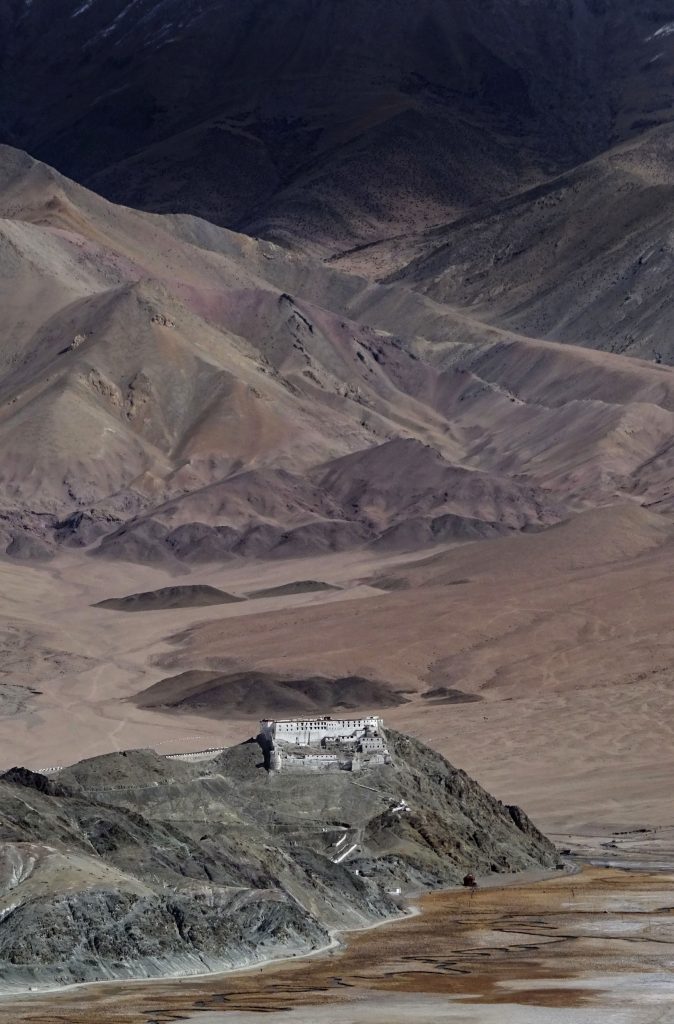Cycle de conférences mensuelles du projet ERC TibArmy
The fortresses of Ladakh: an evolution of a defensive infrastructure at the interface between the Tibetan and Central-Asian spheres
par Quentin Devers (CNRS)
Mercredi 19 juin – INALCO (65, rue des Grands Moulins), salle 3.11 de 17h30 à 19h00
Résumé :
Ladakh extends over a territory previously divided between the Tibetan and Central-Asian spheres. Because of this particular situation, a wide diversity of groups have inhabited the region: Dards, “Mons”, Turks, Tibetans, Mongols, etc. have left a rich array of archaeological remains for us to study all over the country. Its important mineral resources (gold, iron, copper, chrome) as well as international trade routes have attracted since times immemorial hordes of bandits and armies of all kinds, leading to the development of the densest defensive infrastructure of the Tibetan plateau. This seminar aims at covering the evolution of military architecture in the region, the differences between the fortresses of the numerous cultures represented , and how this diversity enabled the emergence of the famous fortified palaces of Ladakh – the architectural precursors of a number of the great palaces of the Ganden Phodrang such as the Potala.

View of the Fortress of Anley, one of the main residences of Sengge Namgyal (1616-1623 / 1624-1642), on the border between Ladakh and Guge (photo by Quentin Devers, 2018)
Pour de plus amples informations, voir le site : https://tibarmy.hypotheses.org/
